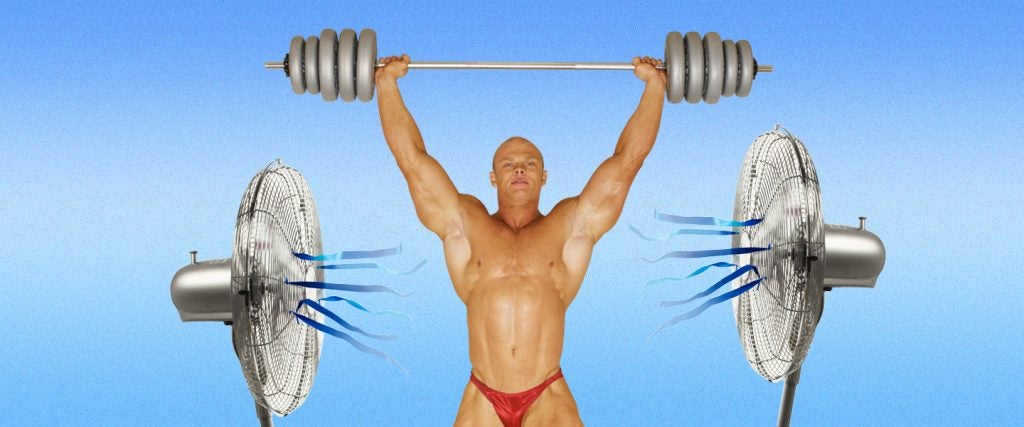As much as I enjoy working out with my wife, there’s a downside to all of our tandem couple’s training activities. See, my wife is far more of a stickler for the accepted protocols of training than I am, which is a habit hardwired into her from years of formal, regimented swim practices.
Here’s how this plays out in a real-life setting: If I grind out 20 minutes or more on a stepmill and then dare to think that I can simply hop off the machine and go about my day, my wife will give me a heaping helping of the business. “Can you please get back up there and go slow for just four or five minutes?” she’ll exhort. “It will be so much better for your heart and your muscles!”
What usually ends up happening is I’ll finish my own workout, and lie around watching YouTube videos while my wife performs a full eight-minute walking cool-down session and another seven minutes of stretching. That’s where she loses me: If the training activity is designed to get my blood pumping, I’m all in. It’s the boring, post-workout, pulse-lowering elements that fail to excite me, no matter how good they allegedly are for my body.
What is a cool down?
What a cool down is depends very much on who you choose to ask.
In my general experience with sports, a cool down almost always consisted of a five-to-10-minute period of time that took place immediately after the main, high-intensity workout. In practice, this meant that the last 10 minutes of swim practice would be allocated to swimming 200 yards, 150 yards, 100 yards and then a final 50 yards — all at a slow pace — before we hit the showers. Likewise, the tail end of track practice might have been allocated to jogging a pair of methodical laps around the track.
This historical understanding of a cool down often plays out on cardiovascular machines of the present era. Many treadmills, stepmills and ellipticals are pre-programmed with training programs with time blocks of five to 10 minutes allocated to cool-down periods. The automated machines like treadmills and stepmills go so far as to mandatorily slow themselves down to put you through the paces of a cool-down segment, often against your will.
Does that mean a cool-down session is just a prescribed period of slow movement?
Actually, much of the modern cool-down experience incorporates a mandated stretching component. Case in point: The Ring Fit Adventure fitness game on the Nintendo Switch contains a blend of cardiovascular exercise, plyometric bodyweight training and isometric training, and its cool-down period consists exclusively of stretching, underscoring the extent to which a cool-down can mean different things depending on the time and place, and also who’s in charge.
However, the one feature of a cool-down period that remains essential appears to be that it must lead to the slowing down of the heart rate, along with the active recovery and protection of the muscles. All of these objectives can be accomplished through either a motion-based cool-down process, a cool-down period characterized by a battery of stretches or a mixture of the two.
So what should I include in my cool down?
The most responsible method of cooling down is probably the last option — a mixture of motion and stretching, particularly if your workout consists of high-intensity bursts of cardio. That way, you can provide your cardiovascular system with the benefits of an active recovery session, and then stretch your limbs to preserve their functionality and keep them injury-free.
I should also start practicing what I’m preaching here. Because when you really think about it, there’s no reason why the touchstones of cooling down shouldn’t appeal to you. After all, if moving slow and sitting still were the essence of working out, you’d never miss a workout again.

